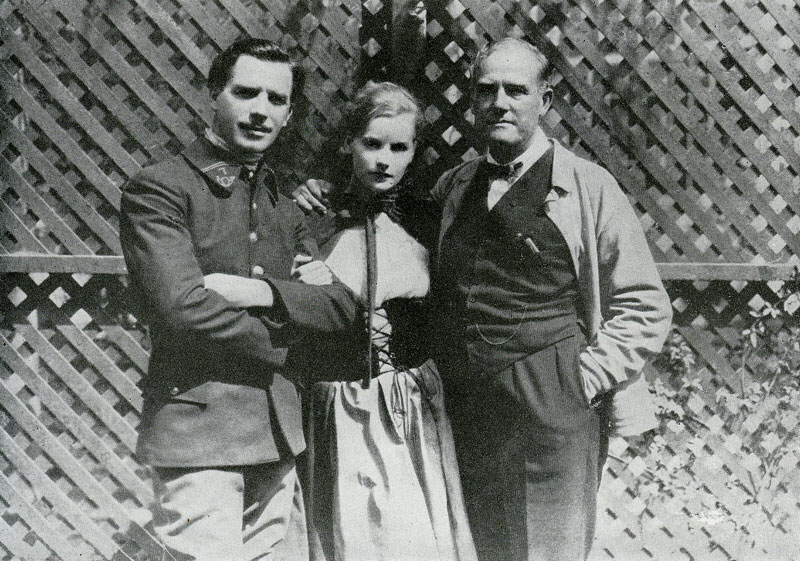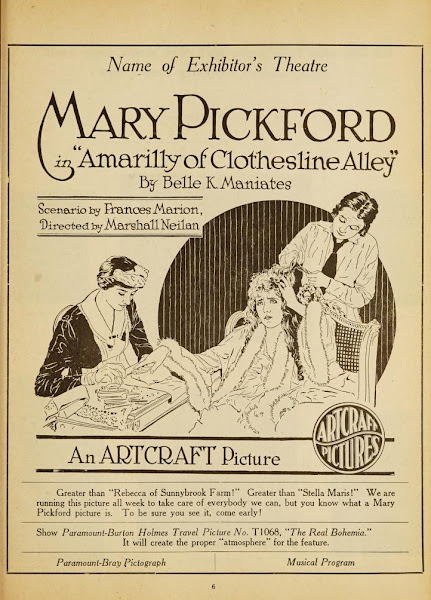
Scott Lord on the Silent Film of Greta Garbo, Mauritz Stiller, Victor Sjostrom as Victor Seastrom, John Brunius, Gustaf Molander - the Golden Age of Swedish Silent Film........Lost Films in Found Magazines, among them Victor Seastrom directing John Gilbert and Lon Chaney, the printed word offering clues to deteriorated celluloid, extratextual discourse illustrating how novels were adapted to the screen; the photoplay as a literature;how it was reviewed, audience reception perhaps actor to actor.
Tuesday, April 23, 2024
Scott Lord Silent Film: A Romance of Happy Valley (D. W. Griffith, 1919)
During 1919, D.W. Griffith directed Lillian Gish and Kate Bruce in the six reel film "A Romance of Happy Valley", photographed by G.W. Bitzer. Actress Carol Dempster also appears in the film.
One specific use of technique Griffith uses in the film to depict narrative is a cut back and forth within the scene to an inserted close shot to reveal the character’s thoughts of another person. Lillian Gish is seen in close up during the flashback soliloquy insert.


Silent Film
D.W. Griffith
Scott Lord Silentt Film: Mary Pickford in Amarilly of Clothes Line Alley (Neilan, 1918)
During 1918, Mary Pickford starred in the five reel film "Amarilly of Clothesline Alley", directed by Marshall Neilan with a photoplay scripted by Frances Marion and Bellek Maniates. Actress Margaret Landis also appears in the film.
Silent Film
Mary Pickford
Subscribe to:
Posts (Atom)



